

Wye
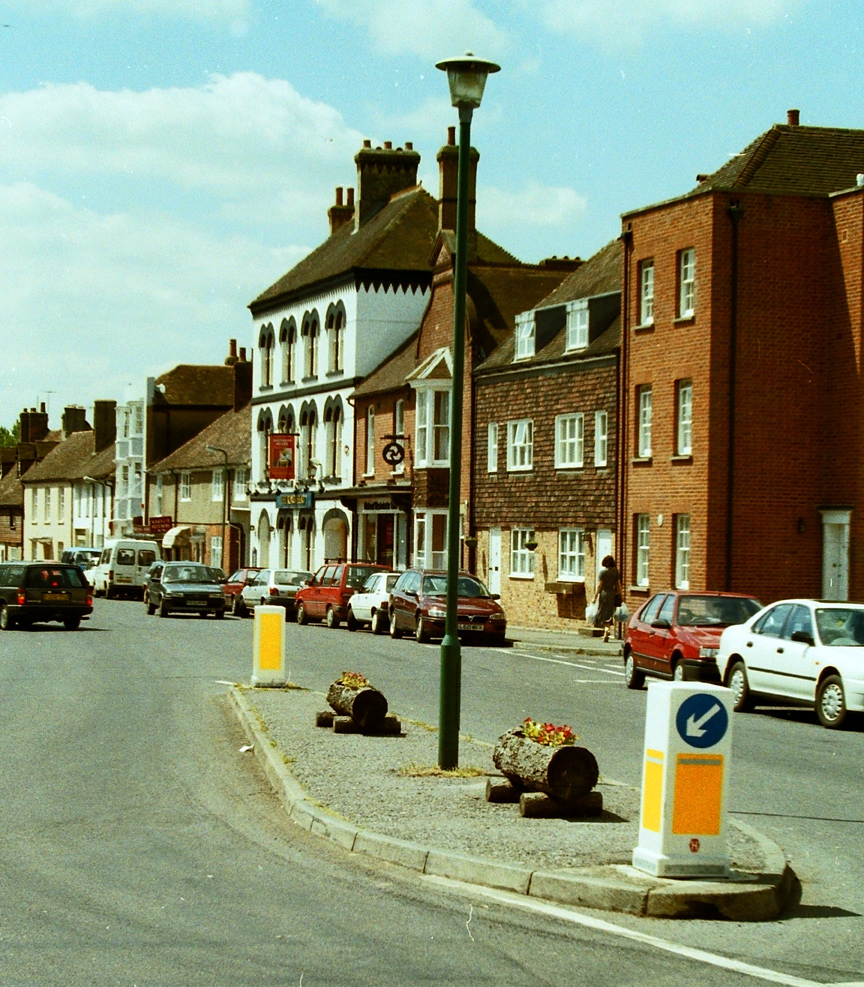
Ross-on-Wye
Ross-on-Wye is a small market town with a population of
10,089 in south eastern Herefordshire, England, located on the River Wye,
and on the northern edge of the Forest of Dean.
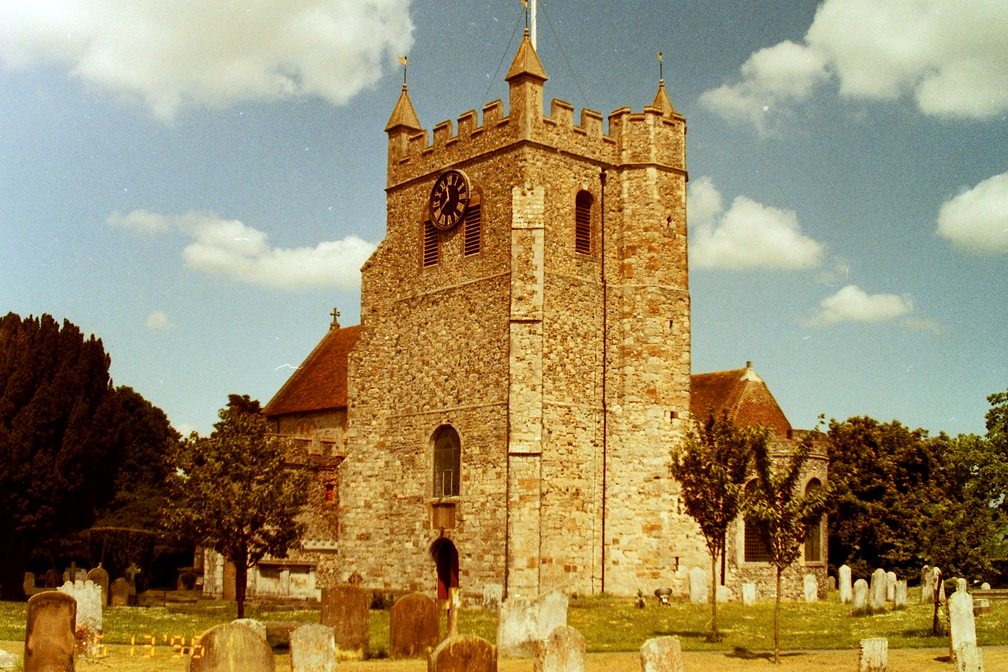
Church of Gregory and Martin
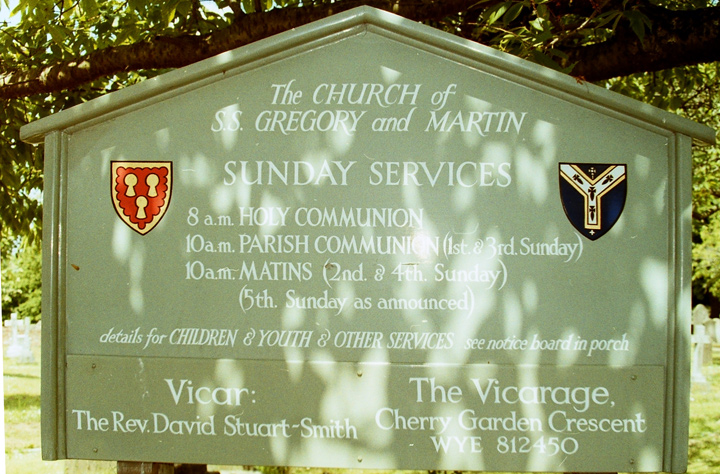
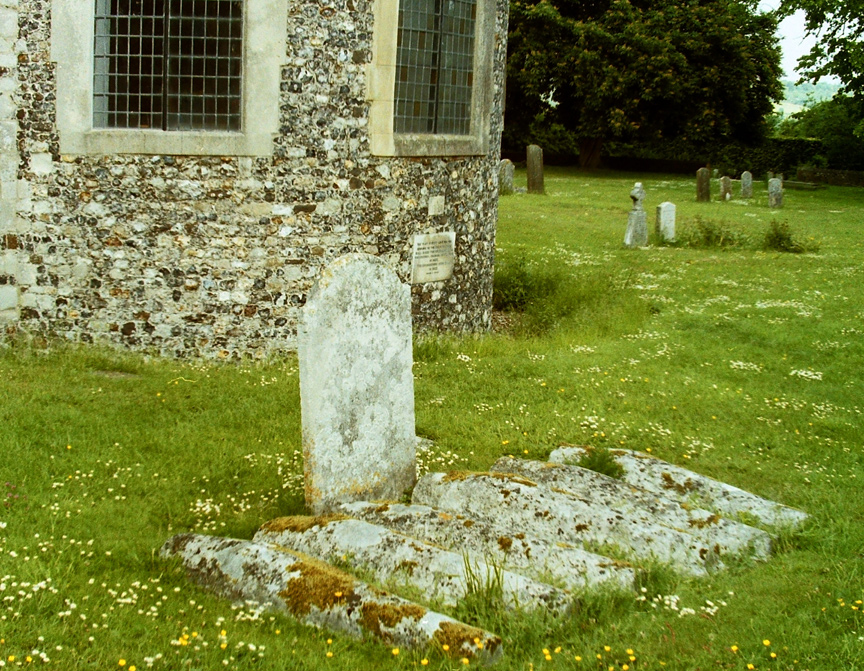
Ross-on-Wye was the birthplace of the British tourist industry. In 1745, the
rector, Dr John Egerton, started taking friends on boat trips down the valley
from his rectory at Ross. The Wye Valley's particular attraction was its river
scenery, its precipitous landscapes, and its castles and abbeys, which were
accessible to fashionable seekers of the "Picturesque". In 1782, William
Gilpin's book "Observations on the River Wye" was published, the first
illustrated tour guide to be published in Britain. Once it was published, demand
grew so much that by 1808 there were eight boats making regular excursions down
the Wye, most of them hired from inns in Ross and Monmouth. By 1850 more than 20
visitors had published their own accounts of the Wye Tour, and the area was
established as a tourist area.
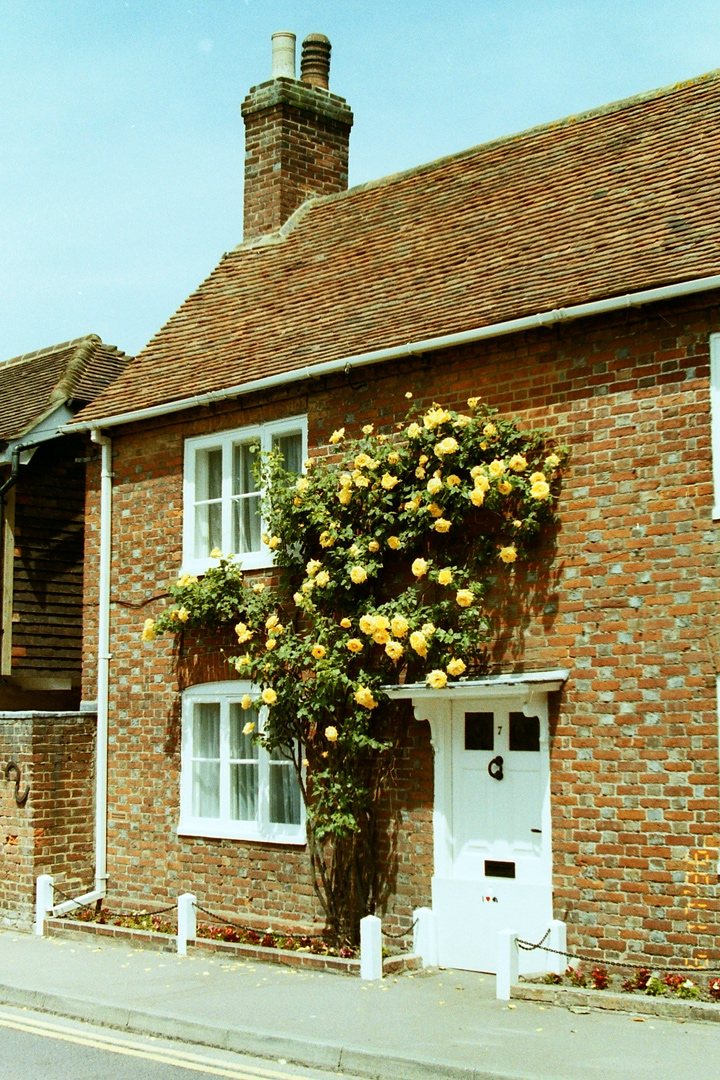
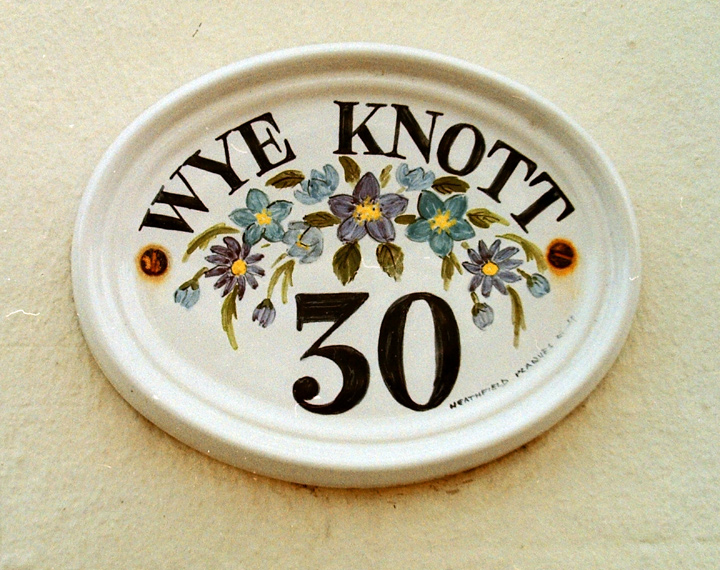
The 700 year old parish church of St. Mary's is the town's most prominent
landmark and its tall pointed spire is visible when approaching the town from
all directions. The church holds several distinctive tombs, one of which – that
of a certain William Rudhall (d.1530) – is one of the last great alabaster
sculptures from the specialist masons of Nottingham, whose work was prized
across medieval Europe. Rudhall was responsible for the repair of the
almshouses, situated to the north west of the church, in 1575. Another tomb is
of John Kyrle, a prominent figure in 18th century Ross, whose name is now given
to the town's secondary school and after whom one of the town's notable inns,
The Man Of Ross, is also named.
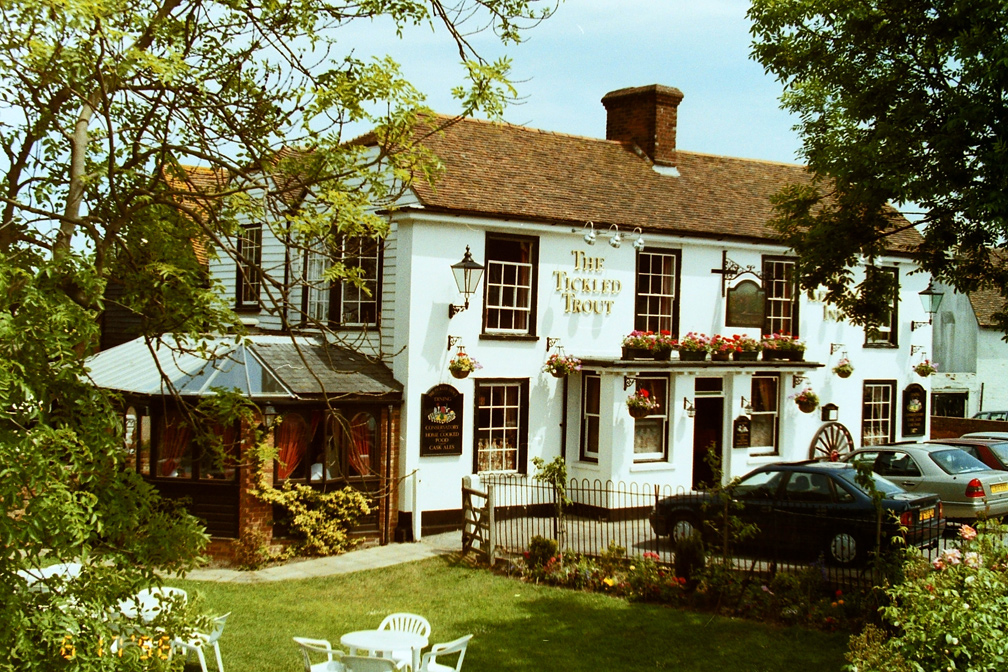
The Tickled Trout
The Plague Cross, also known as the Corpse Cross, was erected in the church yard of St. Mary's church in 1637 as a memorial to 315 people who died in the town of the plague in 1637. These people were buried nearby in a plague pit, at night and without coffins. By 1896, the cross had fallen into disrepair and the top of the cross was missing. It was later restored to its former state.
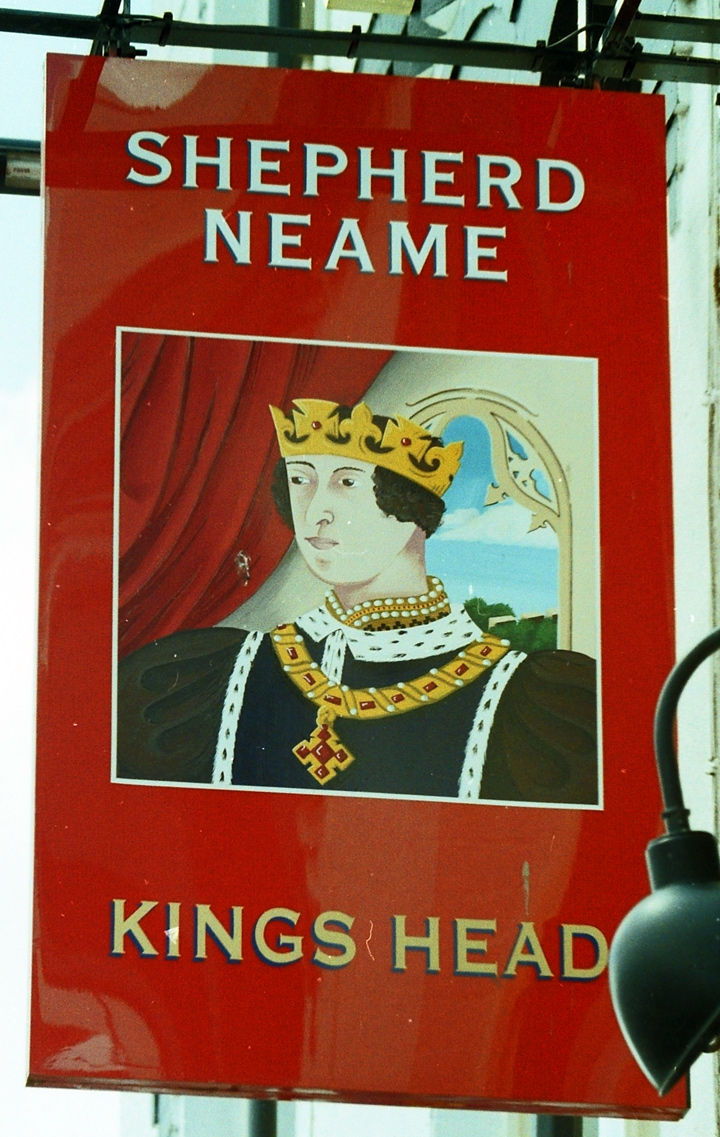
The Prospect was created by John Kyrle and offers superb views over the Wye and
views right out to the Welsh mountains. This piece of land was rented by John
Kyrle off the Marquess of Bath in 1696 and turned into a garden and walking
area. In 2008, as a result of the heavy rains that occurred at that time, Roman
remains were discovered and excavated under the site. It now contains a number
of trees dedicated to local people, the Town's V.E. Day Beacon and the Town's
War Memorial.
Text from Wikipedia
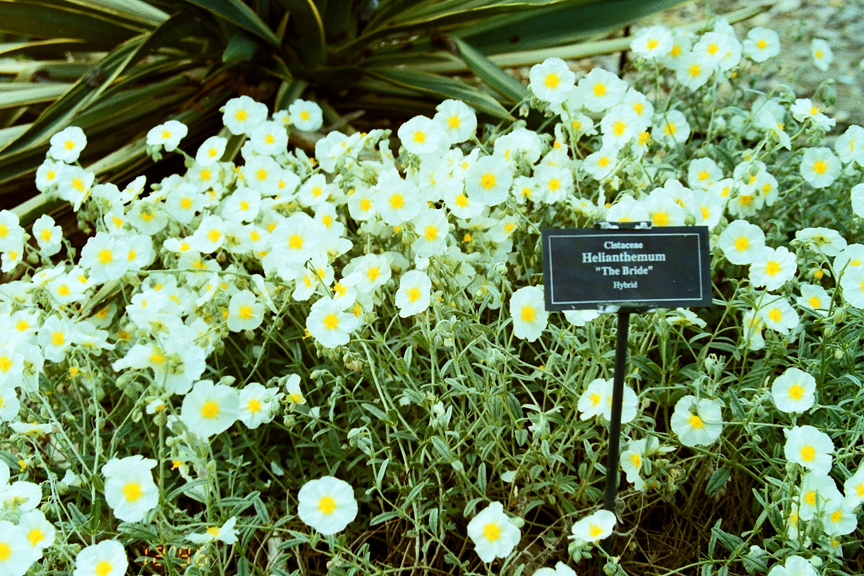
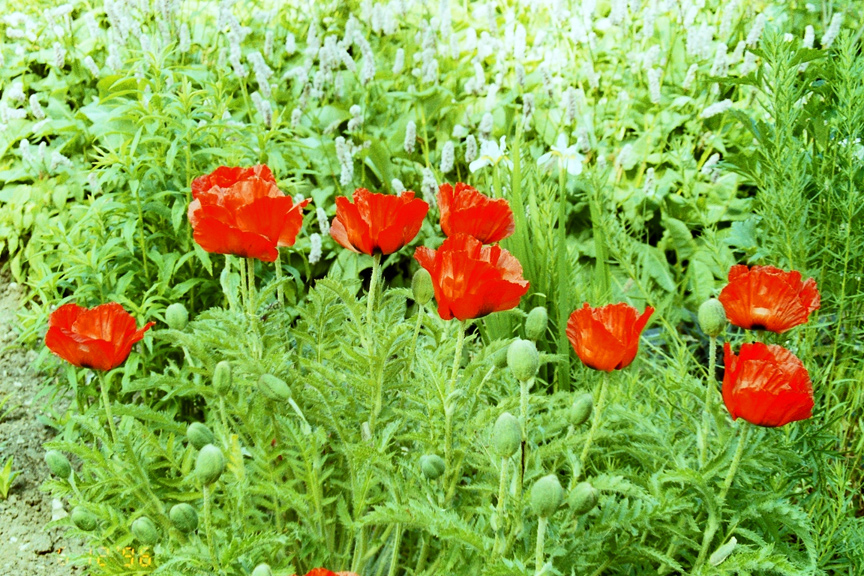
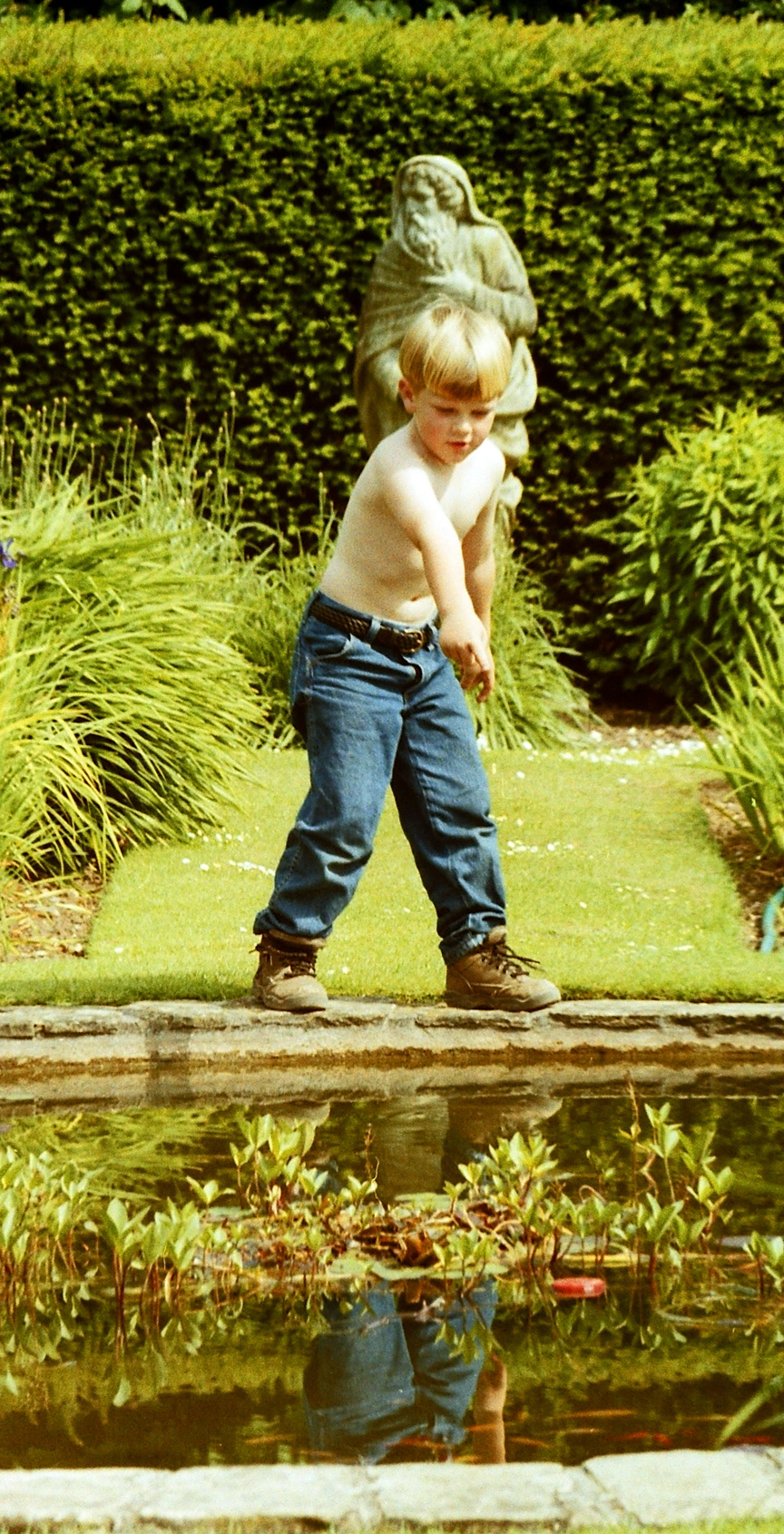
observing the fish
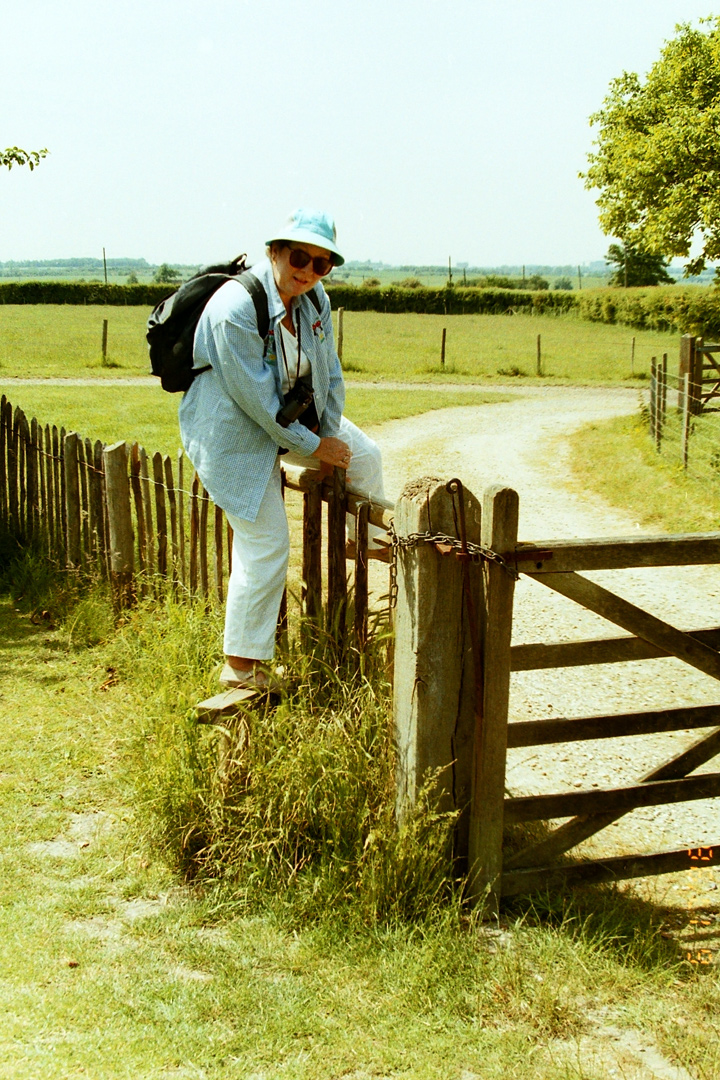
could not open the gate